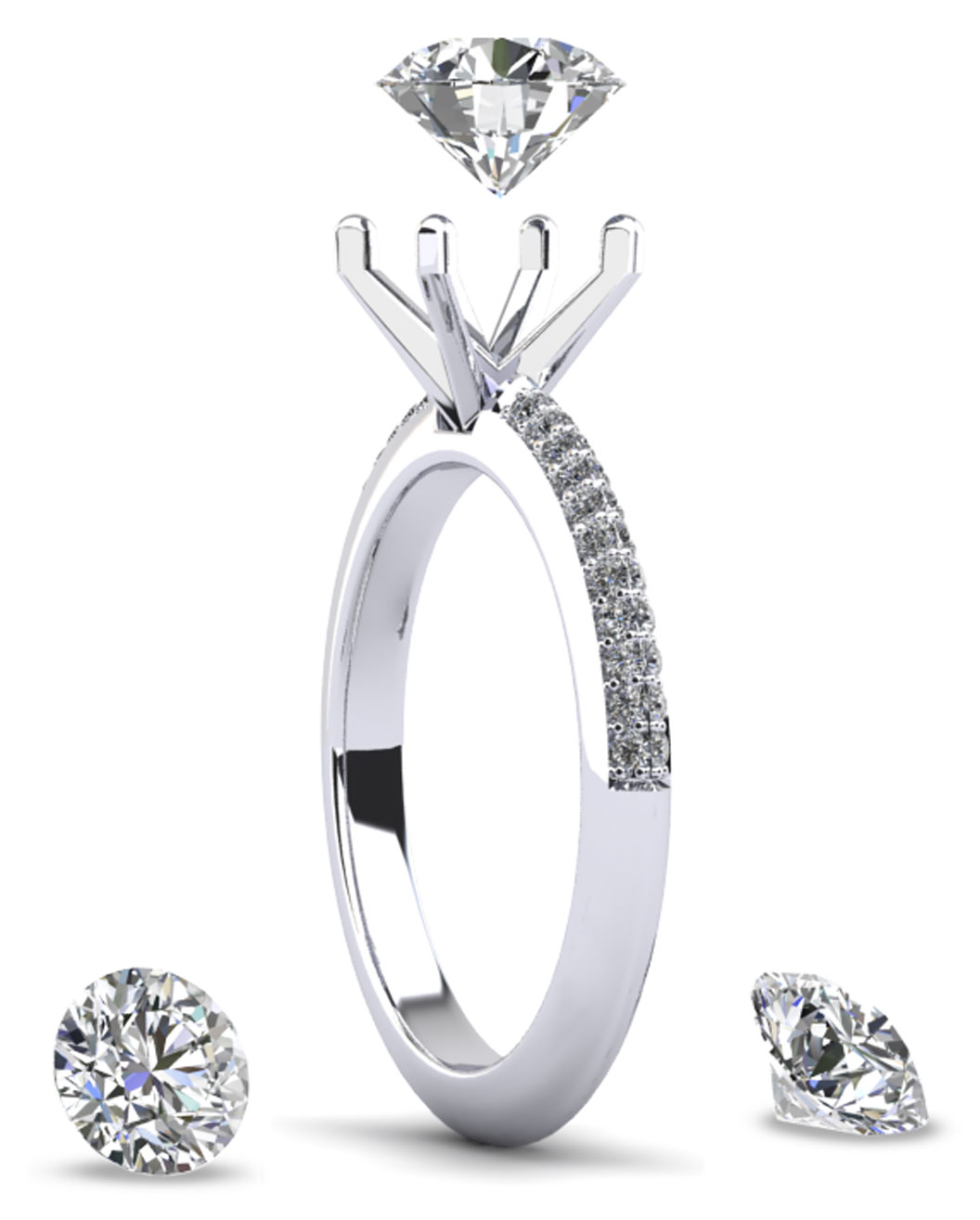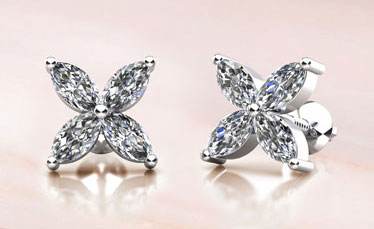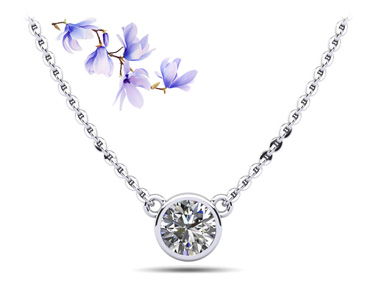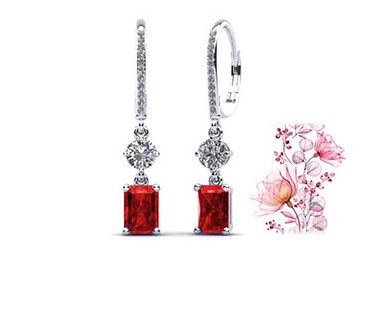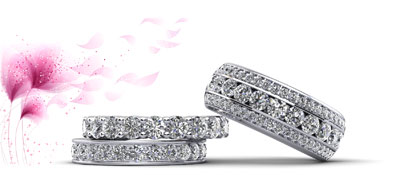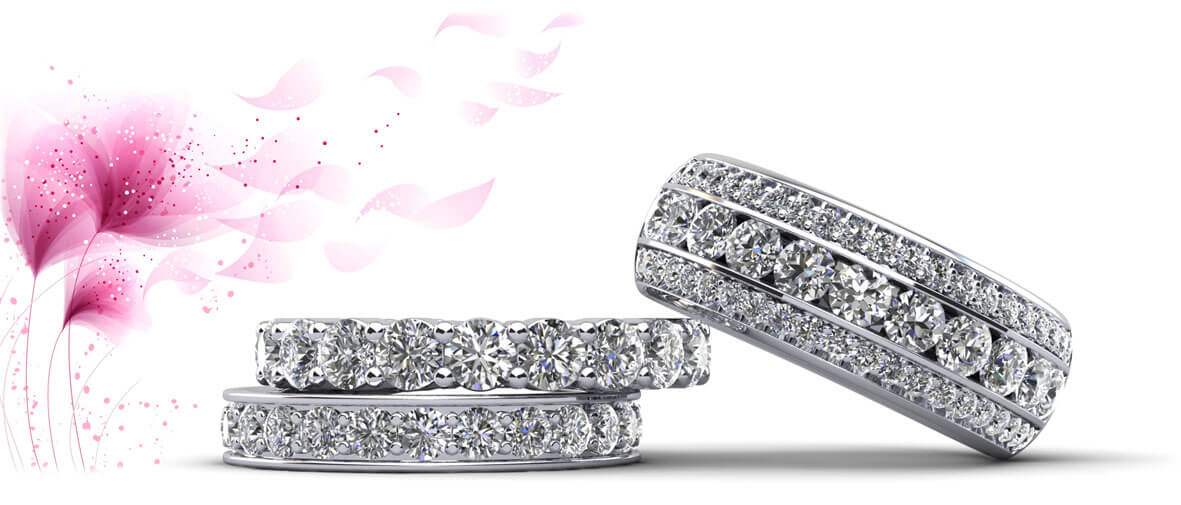The Anjolee Experience
Custom orders at your fingertips, easy-to-use
visualization tools, and the comfort of the
Anjolee Guarantee so you can purchase with
confidence - discover the Anjolee Experience.
The Anjolee Guarantee
Lifetime Warranty
Authentic Genuine Diamonds & Gems
Anjolee Certificate of Authenticity
Free overnight Shipping & 30-Days Returns
Learn MoreFREQUENTLY ASKED QUESTIONS AND BUYING GUIDE
When shopping for a tennis bracelet there are several factors that are relevant in making a selection. First, it is important to determine your price range. This will help to refine your search by carat weight, diamond quality and metal type. Secondly, the length is also significant. To get the perfect length, measure the circumference of the wrist and add half and inch to that length to come up with the correct size. Finally, the design of the prongs dramatically influences a bracelet’s appearance. A four-prong bracelet gives a timeless, classic look. A bezel set bracelet provides a modern twist to a classic tennis bracelet design.
Yes, it is okay to wear your diamond bracelets all the time. However, exposing them to excessive touch and moisture can make them lose their sparkle. Therefore, it is recommended to take your bracelets off when performing vigorous activities or applying lotion to preserve their sheen.
The importance of color and clarity of a diamond tennis bracelet depends on an individual’s price range, the carat size and weight. Clarity is the absence of imperfections, whereas color is the absence of color. Blemishes will be more apparent in larger diamonds, therefore, clarity tends to matter more for stones that are a half carat or above. However, differences in clarity are less obvious to an unaided eye in smaller diamonds. As a result, color may be more important in a tennis bracelet with smaller diamonds.
Tennis bracelets can come in many different design styles. Hallmark features of a classic tennis bracelet include a single line of round-cut diamonds fastened in a prong setting. But the tennis bracelet has evolved since its inception to include different stone cuts and shapes, chains, and even multiple strands of stones. Anjolee celebrates all styles of tennis bracelets. From princess cut diamond tennis bracelets to swirl links that are available in multiple precious metals, Anjolee provides a vast array of elegant tennis bracelet designs.
Diamond bracelets can come in a number of settings, each of which evokes a unique style and the choice comes down to personal preference. Those who favor traditional styles may prefer a, two, three or four prong setting. In addition to the classic tennis bracelet with prong settings, Anjolee offers a wide variety of different setting styles including bezel, half-bezel, pave and channel, which can create a modern look to the classic tennis bracelet design.
The term “vintage” is used to describe something that is at least 20 years old. Vintage bracelet styles are inspired from trends and designs that were popularized decades ago. Anjolee has a collection of antique and vintage bracelet styles ranging from sixteenth century filigree to 1920s art deco.
There are no rules when it comes to pairing different metals together and it is popular to combine different metal colors together to create a designer look. It is best, however, to pair similar metal karats together to prevent unnecessary wear and tear on your jewelry. Anjolee offers all designs in 14kt or 18 kt white, yellow or rose gold and platinum.
Many choose a gemstone bracelet based on personal preference or birthstone, but in terms of durability, the industry standard Mohs Scale of Hardness states that rubies and sapphires are among the hardest, coming in just behind diamonds. So, if you are looking for a gemstone bracelet that is more durable, consider gemstones of a higher hardness.
There is no rule dictating which hand you should wear a bracelet on, but it is usually more comfortable to wear a bracelet(s) on the non-dominant hand. So, if you’re right-handed, the bracelet would go on the left hand and vice versa. Those who wear a timepiece or watch will generally wear a bracelet on the opposite wrist for similar reasons.
Bangle size is measured using the hand rather than the wrist. Unlike other types of bracelets, bangles are rigid and must be wide enough to slip over your hand but not so wide as to slide off of the wrist or arm. Use tailor's tape to measure the hand from knuckle to knuckle when the thumb is tucked into the palm. Bangles from Anjolee are seven inches in length and inflexible, however Anjolee also carries adjustable alternatives known as bangle bracelets.
Men's bracelets are generally wider than women's as well as heavier. Therefore, bracelets for men should be more fitted to the wrist. Men's bracelets also tend to mix metals, tones, or textures so as to appear classier, more natural, and masculine.
![]()










